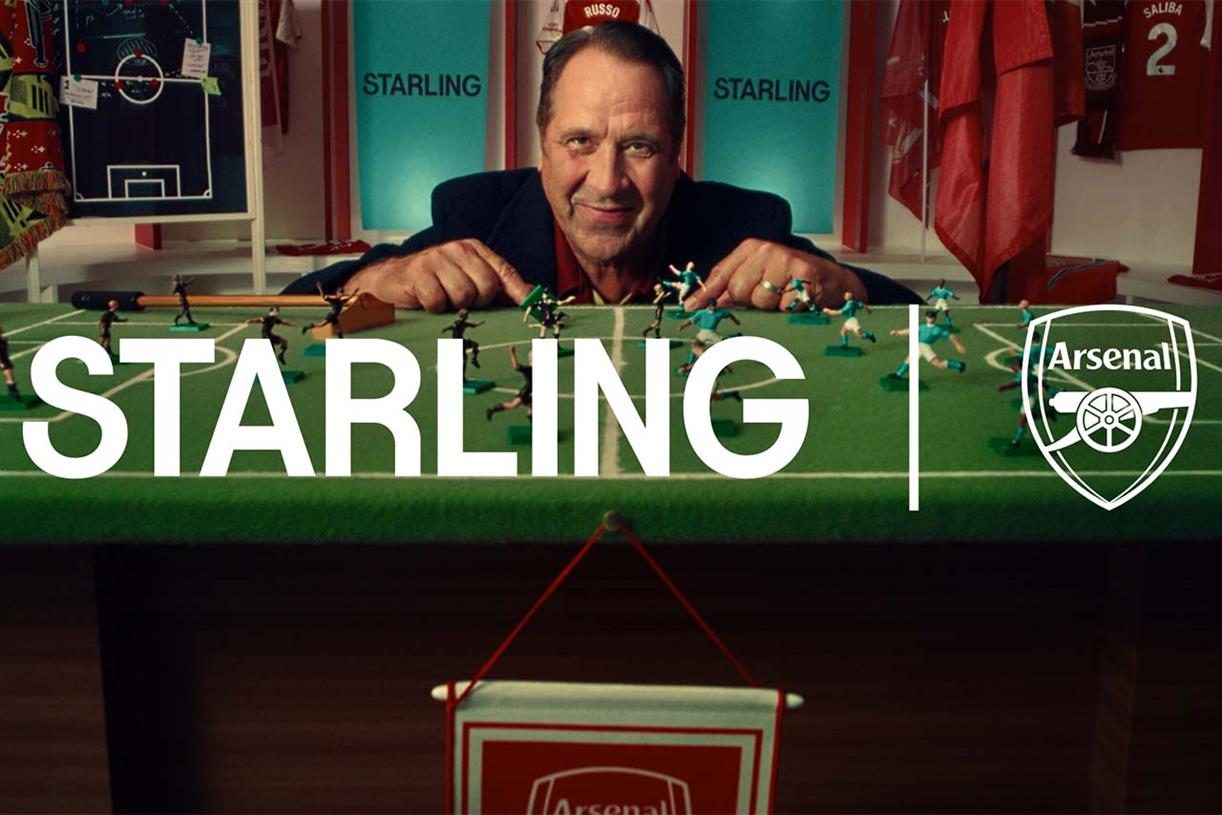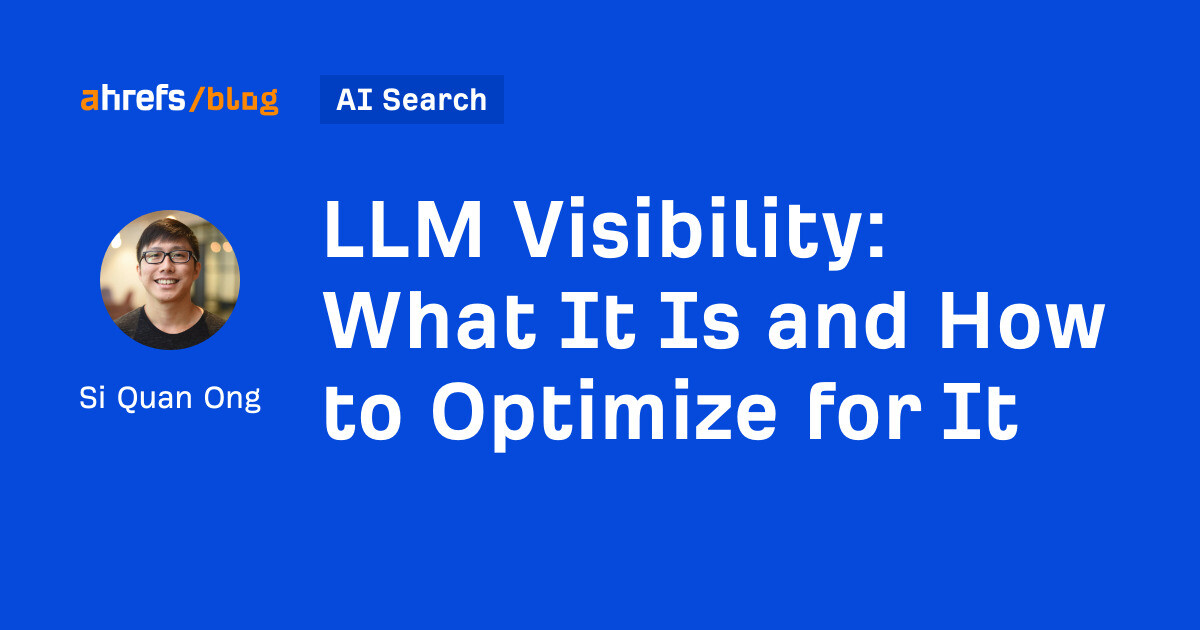8 ways Netflix can reimagine modern advertising
Why advertising doesn't have to ruin Netflix.

When word emerged that Netflix was in talks with Google to build out an ad-supported option, I couldn't help but wonder if it would go the easy route of slotting in a few ad breaks during each show a la Hulu, or seize the opportunity to re-imagine what a modern advertising platform could be?
We should all hope for the latter.
After all, no one is forcing Netflix to adhere to the rules set by 20th century linear television. At the very least, it should aim to make the advertising bearable for an audience accustomed to blissfully plowing through full seasons of “Emily in Paris” sans interruption.
As someone who has spent time both being tortured by ads on streaming platforms and creating ads that have quite possibly tortured others on streaming platforms, I feel uniquely positioned to offer up some thoughts on how to make the experience a good one for advertisers AND viewers.
Put data sharing in the users’ hands
Rather than miring itself sticky with privacy/walled garden decisions, perhaps Netflix could let its users decide how much data gets shared and with whom.
What if monthly fees were linked to users' willingness to share data? Willing to share your age, ZIP code and family status? That's one fee. Throw in your household income and how many cars you have and that's cheaper. Willing to also take two surveys a year? That might even be free. A user could opt out of sharing any data and that would be fine, too, but more expensive.
Say no to ad repetition
Anyone who watches ad-supported Hulu knows all about ad repetition. It's not uncommon to see the same spot in every single commercial pod of a show. It’s highly annoying. Hulu claims to have frequency caps and other software that prevent repetition, but these only apply to ad buyers who purchase through the platform. Anyone buying programmatically has zero control over the order of spots within an episode or fine control of frequency.
Netflix should work with a DSP like the Trade Desk to solve this. Being able to control ad frequency would open up lots of creative possibilities for advertisers.
Hold back inventory for big events
Imagine if the Squid Game season two premiere were only available through direct purchase at a premium price. Advertisers gain a degree of prestige for being there and might even feel inclined to create something custom for the event.
Reward un-skipped ads
While Netflix probably won't have a skip button, why not let advertisers take a gamble and include one? And if that ad gets viewed to completion frequently, Netflix could reward them with free or cheaper placements for doing viewers the invaluable service of not being horribly disruptive.
Netflix could make shows shoppable
Like that Pogue's bikini top on "Outer Banks"? Add it to your cart.
Develop proprietary ad units
Netflix could take the experience out of advertisers' hands by doing recurring "ads" that act more like content. During Stranger Things, for example, imagine a Demogorgon doing "product reviews" during ad breaks, sampling (and ultimately destroying) products that advertisers pay to have included. I’d watch it.
Gamify the viewing experience
Netflix is an interactive platform. It should embrace that more. Binge all six seasons of Peaky Blinders in a week? You get a free bottle of Bushmills. Think you'd be better at laundering money than Marty Byrde? Play the Ozark Tax Simulator by TurboTax and find out.
Allow for deeper exploration of relevant content
If someone watched the Scorsese documentary on the Rolling Stones, they could be served a Spotify link to three albums from that same era along with the audiobook of the Keith Richards autobiography. The possibilities are endless.
With a little creativity, Netflix has the opportunity to re-imagine the way online advertising looks and behaves. Let's hope it does. It would be exciting for advertisers–and possibly even tolerable for viewers.

 FrankLin
FrankLin 





























